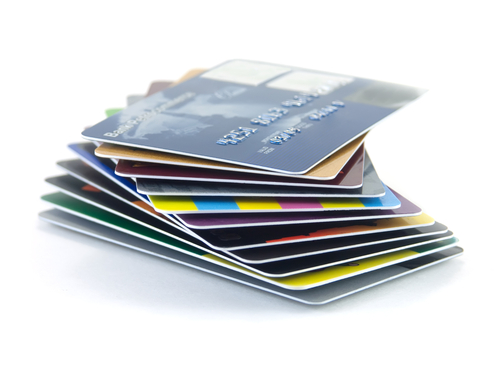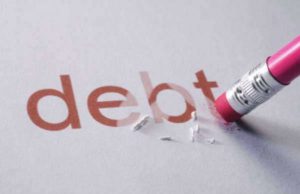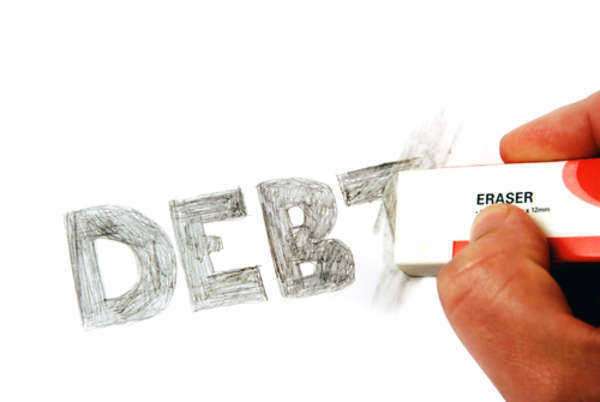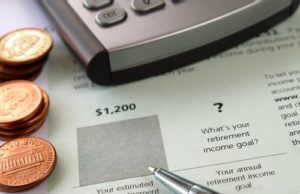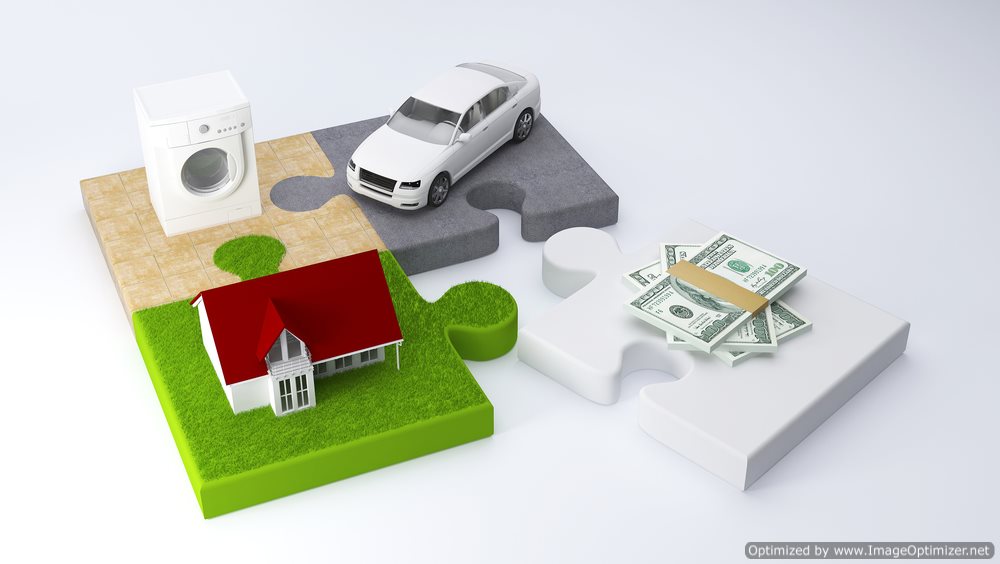
The National Debt Clock is a public display that shows the total amount of debt owed by the United States government. This display was first established in 1989 in New York City by Seymour Durst, a real estate developer and political activist. The National Debt Clock serves as an indicator of the financial health of the nation, showing the country’s total debt obligations at any given time.
The National Debt Clock is a controversial subject, with some people viewing it as a necessary reminder of the country’s unsustainable debt levels, while others view it as a political tool used to scare voters and influence public policy. Whatever your view of the National Debt Clock, understanding how it works and what it represents is an important aspect of being an informed citizen.
What is the National Debt?
Before diving into the specifics of the National Debt Clock, it’s important to understand what the National Debt is and how it is calculated. The National Debt refers to the total amount of money owed by the United States government to its creditors and includes both public debt (money borrowed from individuals and institutions) and intra-governmental debt (money borrowed from other government agencies, such as Social Security).
As of August 2021, the total National Debt is over $28 trillion, which is more than the entire gross domestic product (GDP) of the country. This means that the United States owes more than it produces in a year, a situation that is not sustainable over the long term.
How is the National Debt Clock Calculated?
The National Debt Clock is a real-time display that shows the current total National Debt of the United States. It is updated every time the National Debt changes, which can happen multiple times a day. The National Debt Clock was originally designed to show the total National Debt at a specific point in time, but it was later upgraded to show the debt as a running total, updating in real-time.
The National Debt Clock calculates the National Debt by using data from the United States Treasury Department’s Bureau of the Public Debt. This agency tracks the total amount of debt outstanding and updates it daily based on Treasury auctions and other financial transactions.
The National Debt Clock also includes a variety of other data points, such as the population of the United States, the amount of debt per citizen, and the share of the debt held by foreign countries.
What Does the National Debt Clock Show?
The National Debt Clock shows the total National Debt in real-time, along with a variety of other data points. Some of the key data that the National Debt Clock displays include:
– Total National Debt: The current total amount owed by the United States government to its creditors.
– Debt per Citizen: The amount of debt owed by the government per person in the United States.
– Debt per Taxpayer: The amount of debt owed by the government per taxpayer in the United States.
– Federal Spending: The total amount of money the federal government has spent so far this year.
– Federal Revenue: The total amount of money the federal government has collected in taxes so far this year.
– Interest on the Debt: The amount of money the government pays in interest on the National Debt each day.
The National Debt Clock also provides a breakdown of the National Debt by category, showing how much of the debt is owed to different types of creditors. For example, as of August 2021, approximately $5.9 trillion of the National Debt was owed to foreign countries, while the rest was owed to individual and institutional investors, other government agencies, and the Federal Reserve.
Why is the National Debt Important?
The National Debt has become an increasingly important issue in recent years, as the total amount of debt owed by the United States government has surpassed $28 trillion. This level of debt is unsustainable over the long term and poses significant risks to the country’s financial stability, as well as its ability to fund essential programs such as Social Security and Medicare.
The National Debt also has implications for future generations, who will be responsible for paying off the debt and dealing with its consequences. As the debt continues to grow, it becomes increasingly difficult to address the underlying causes of the debt and prevent a future fiscal crisis.
What Can Be Done About the National Debt?
Reducing the National Debt is a complex problem that requires a combination of spending cuts and revenue increases. Some of the strategies that have been proposed to address the National Debt include:
– Cutting Spending: Some politicians and policymakers have called for significant cuts to federal spending to reduce the National Debt. This approach would require cutting federal programs and services and could be politically unpopular.
– Increasing Revenue: Another strategy to reduce the National Debt is to increase taxes or create new revenue sources. This approach could involve raising taxes on high-income earners or implementing a tax on carbon emissions, for example.
– Refinancing the Debt: Another option is to refinance the National Debt by issuing new bonds with lower interest rates. This approach could help to reduce the government’s interest payments and make the debt more manageable over the long term.
– Economic Growth: Increasing economic growth could also help to address the National Debt by boosting tax revenues and reducing spending on programs such as unemployment benefits. However, achieving sustained economic growth is a challenging task that requires a variety of policy changes.
Conclusion
The National Debt Clock is a public display that shows the total amount of debt owed by the United States government. It is updated in real-time and provides a variety of data points related to the National Debt, including debt per citizen, federal spending, and interest on the debt. The National Debt Clock has become an increasingly important issue in recent years, as the total amount of debt owed by the government has surpassed $28 trillion. Addressing the National Debt will require a combination of spending cuts and revenue increases, as well as policies that promote economic growth. Understanding how the National Debt Clock works and what it represents is an important aspect of being an informed citizen.


